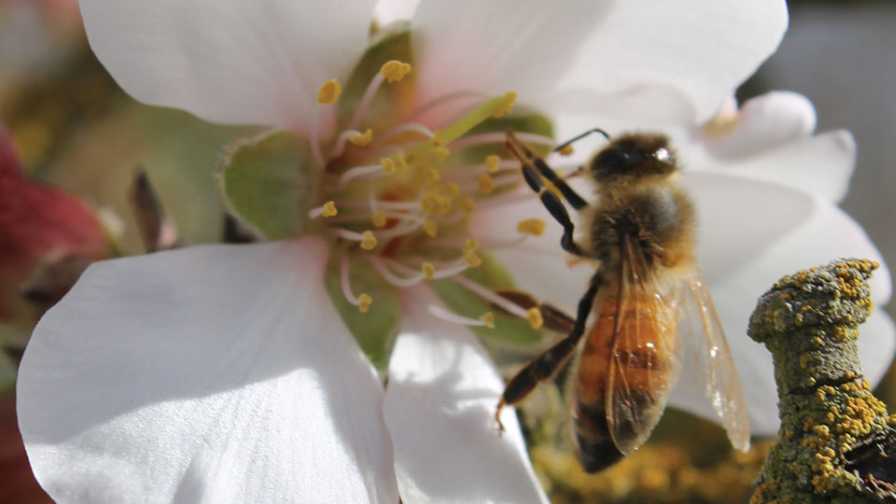Opinion: Peachy Keen On This Crop
A spring field day on alternative crops put on by the Mid-Florida Citrus Foundation drew a big crowd — an indication there is a strong interest on the part of growers in other products and markets.
More than 100 people attended the half-day session, which covered peach varieties, production practices, pest management, and the economics of peach growing. Ryan Atwood, the multicounty Extension agent for fruit crops who organized the event, says he’s been getting a lot of calls about peaches lately. “There’s an extremely high interest,” he says.
Citrus growers are looking for alternatives because of the toll greening has taken on the industry. Peaches grow on the same well-drained sandy soil as citrus, so those conditions make the crop a potentially good fit.
Bearing Fruit
Although it’s a tree crop, there are differences in growing and harvesting practices that make peaches more labor-intensive than citrus. Pruning and thinning involve a lot of work. Harvesting is more like blueberries instead of citrus because workers have to make a pass through the grove every few days. And harvesters need to be trained to correctly size the fruit.
In fact, there are many similarities between peaches and blueberries. Atwood compares Florida’s fledgling peach industry to where blueberries were about 15 years ago. “Peaches are kind of in the birthing stage,” he says.
Test plots of several peach varieties were first planted on land at the Water Conserv II plant in Central Florida eight years ago. Another plot was added at the end of 2006. Participants in the field day examined the younger trees of low-chill varieties such as Florida Glo and UF Queen.
A couple producers who attended the field day already are growing peaches. “It’s an adventure,” says Ralph Chamberlain of Punta Gorda, who has about 50 acres. “But I’m very optimistic about it.” Chamberlain says his goal is to supply high-quality product to his customers. Right now it’s a challenge because a lot of fruit is graded out. “The No. 2 market is a weakness,” he says. “Everybody wants Grade A.”
Managing Marketing And Supply
With peach production in its infancy in Florida, marketing is a steep climb for growers. “We have a few people growing peaches and a few people marketing them” to a couple of major supermarket chains from Key West to Atlanta, Atwood says. But that’s the extent of it for now. “We’re not shipping to Philadelphia, Chicago, or New York. The only reason we can even talk that way now is because of the non-melting flesh, low-chill varieties that Florida is producing,” Atwood says. “But you have to find a broker to sell these things. That’s really important in this peach equation.”
On the other hand, there’s a risk of oversupply. “The danger is that you can grow too quickly and get ahead of the marketing,” Atwood adds.
Citrus nursery owner Phil Rucks of Frostproof says there’s a critical shortage of peach trees because so many have been ordered. “You have to have a plan because material is in short supply,” he says.
According to Atwood, thousands of plants have been pre-ordered. Only one low-chill rootstock (Florida Guard) is recommended, and the seed supply is so limited it constrains the number of trees that can be produced in a given year. The good news is there is potential. “Peaches could turn into another blueberry situation where Florida occupies a window that’s earlier than everybody else in North America,” Atwood says.
April and May are prime windows for Florida fruit. Just like the growers, Atwood is realistic about the potential of peaches as an alternative crop. “They could turn out to be a pretty good, pretty profitable crop. But until that industry is established, it’s going to be hard.”










